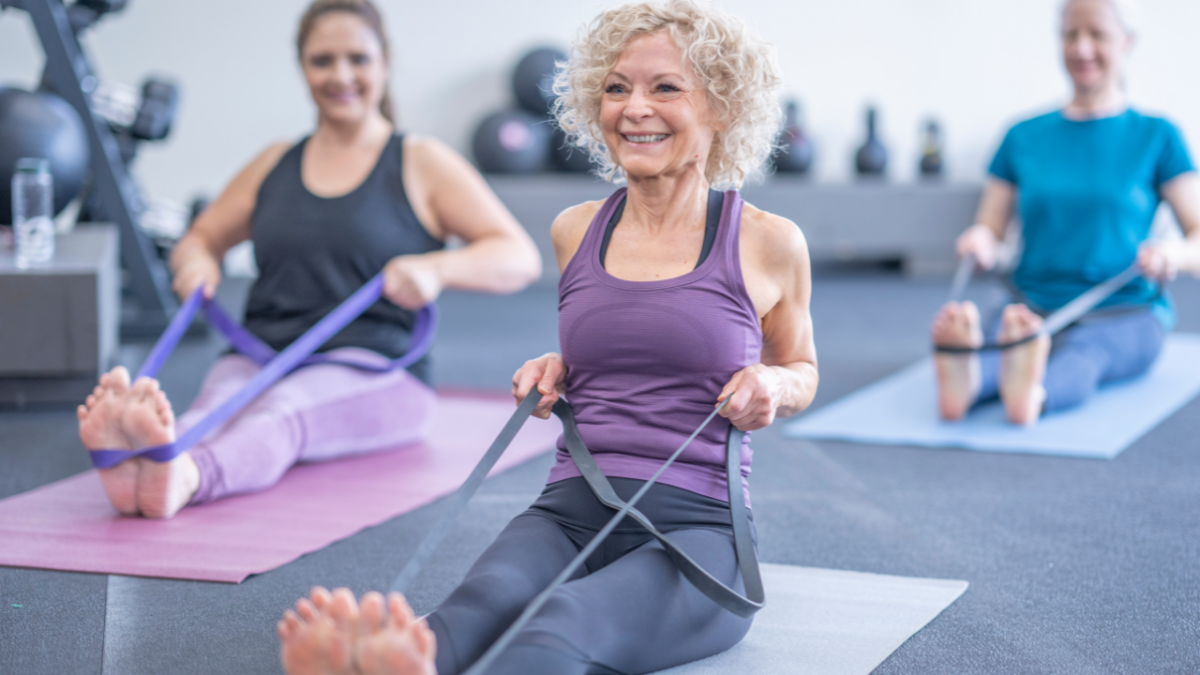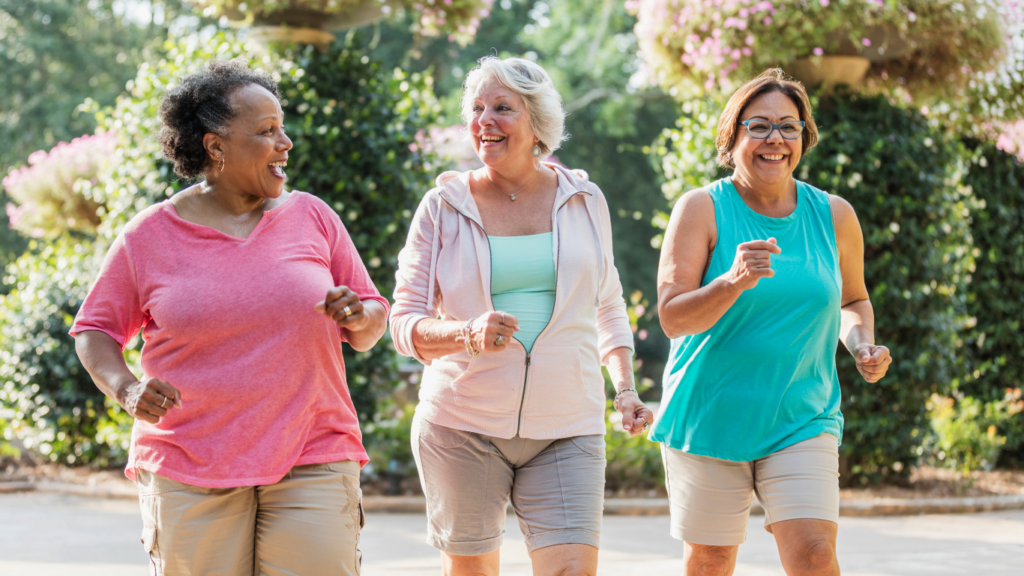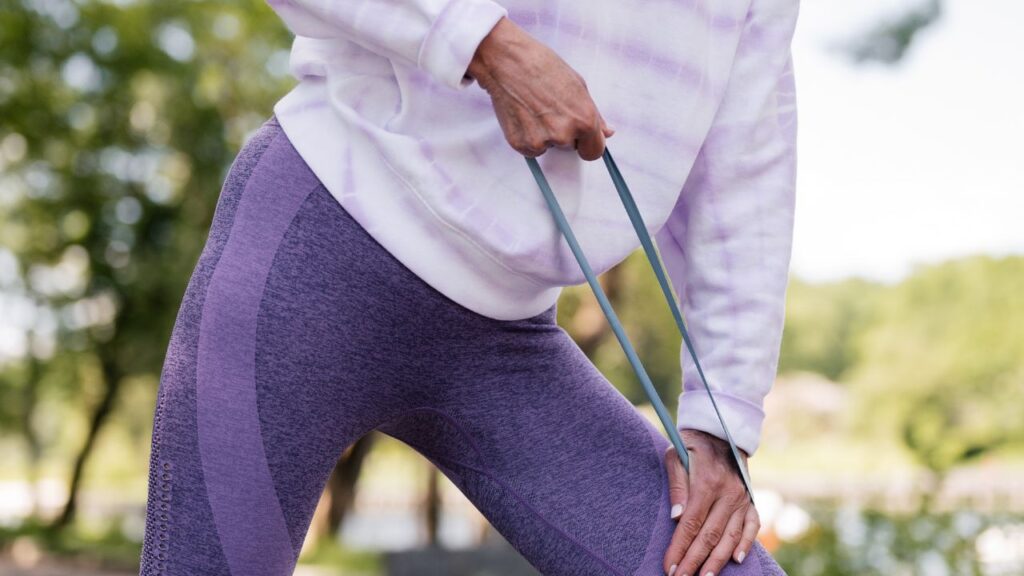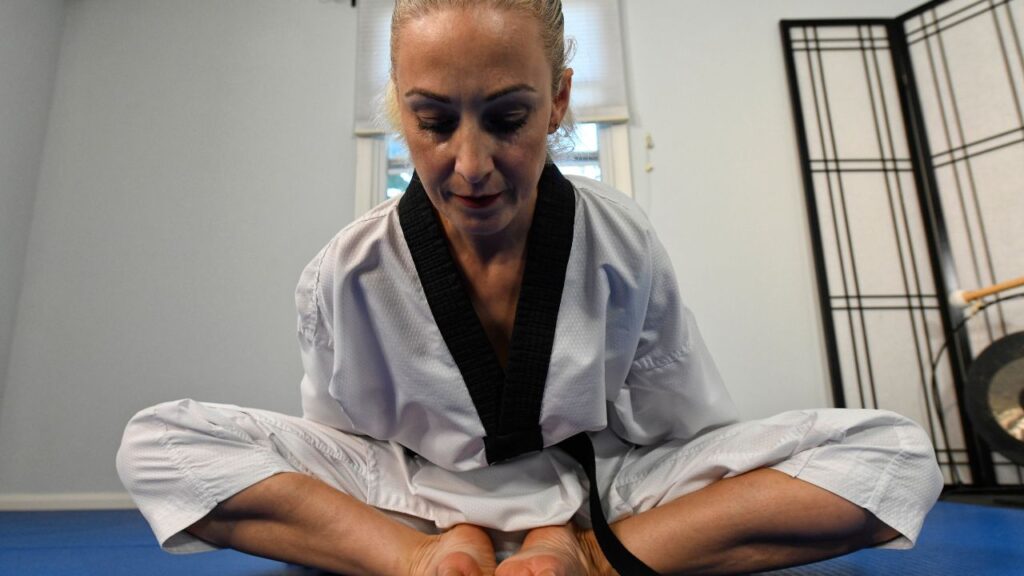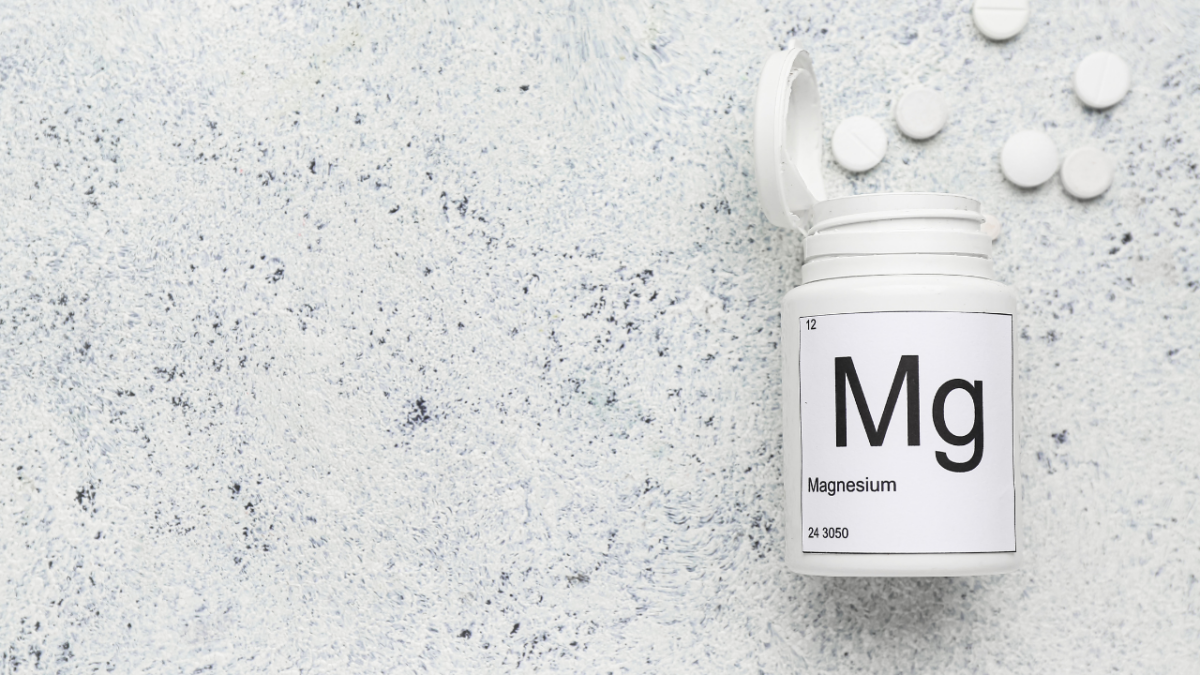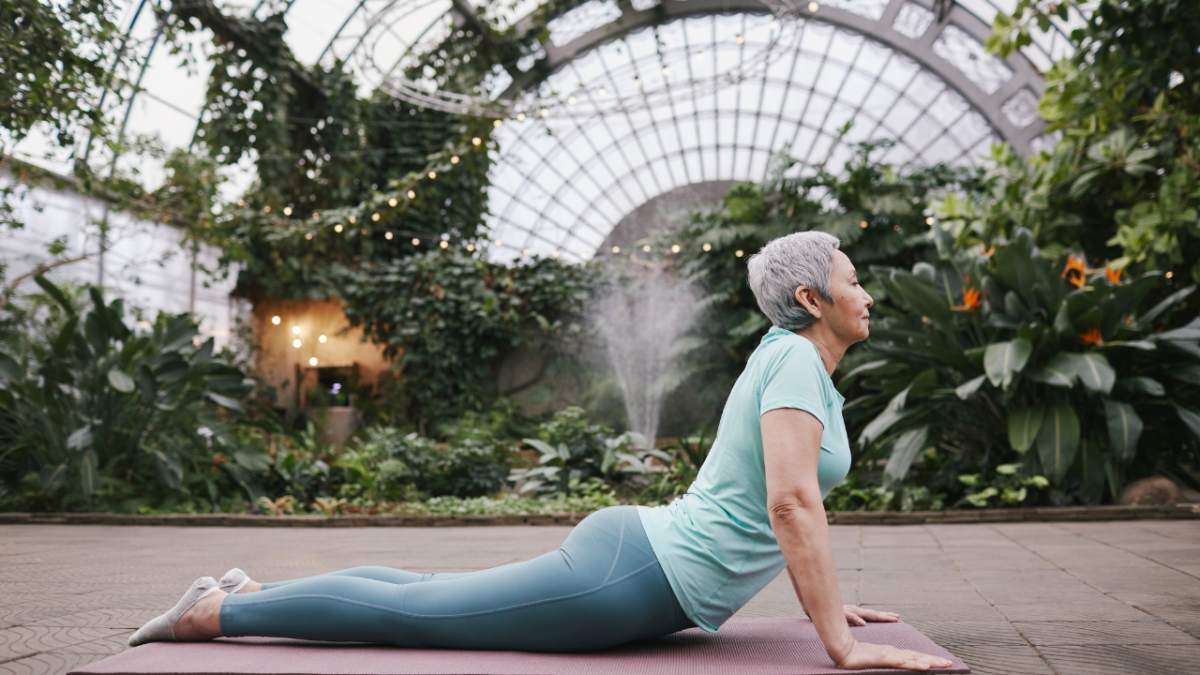Eating Your Way Through Perimenopause: Diet Tips to Ease Symptoms
Navigating perimenopause can feel like a rollercoaster ride. But don’t worry, your diet can serve as a powerful tool to smooth out the bumps along the way. This guide offers practical and actionable diet tips to help you manage the common symptoms of perimenopause—from hot flashes to mood swings—and enhance your overall health.
Essential Nutrients for Stability
During perimenopause, your body craves more of certain nutrients like calcium, magnesium, vitamin D, and B vitamins. These nutrients are pivotal for maintaining bone density, supporting mood regulation, and keeping your metabolism ticking efficiently. Adjusting your diet to include more of these can help keep those perimenopause symptoms in check.
Harnessing the Power of Phytoestrogens
Phytoestrogens are nature’s hormone balancers. Found in foods like tofu, flaxseeds, and sesame seeds, they mimic the effects of estrogen, which can help stabilize your body’s hormonal fluctuations and ease symptoms like hot flashes.
Fiber: Your New Best Friend
Not only does fiber help keep you full, but it also plays a crucial role in managing blood sugar levels and supporting digestive health—both of which can be problematic during perimenopause. Integrating plenty of vegetables, fruits, and whole grains into your meals can improve your overall well-being.
Cut Back on Processed Foods
Processed foods can throw your hormones even more out of whack thanks to their high sugar and fat content. Focus on whole, unprocessed foods to keep your energy levels stable and your mood uplifted.
Stay Hydrated
Water is essential for life, and its importance only grows during perimenopause. It helps with everything from reducing bloating to preventing dry skin and more frequent urinary tract infections.
A Diet Plan to Combat Perimenopause Symptoms
Simple and Satisfying Meal Ideas
Eating well doesn’t have to be complicated. Here’s what a day on your plate might look like:
- Breakfast: Chia seed pudding topped with fresh berries and a splash of almond milk.
- Lunch: Turkey and avocado wrap with whole grain tortillas, mixed greens, and a squeeze of lime.
- Snack: A handful of walnuts and a pear.
- Dinner: Grilled salmon with a side of roasted Brussels sprouts and sweet potatoes.
GET YOUR FREE
7-Day Menopause-Friendly Meal Plan
+ Shopping List
Supplements: Do You Need Them?
To complement your diet, consider supplements like vitamin D for bone health and omega-3 fatty acids for brain and heart health. Always check with your healthcare provider before starting any new supplement regimen.
Foods to Avoid
Some foods can exacerbate perimenopause symptoms. Try to limit:
- Salty snacks, which can increase bloating.
- Caffeine and alcohol, potential triggers for hot flashes.
- Spicy foods, another possible hot flash trigger.
Pro Tips for Easing Perimenopause Symptoms
Cool Down Hot Flashes
Simple dietary tweaks can make a big difference. For example, sipping on cool water throughout the day can help fend off hot flashes. Also, try to eat smaller, more frequent meals to prevent the heat build-up that can come from larger meals.
Boost Your Mood with Food
Incorporate foods rich in omega-3 fatty acids, like fatty fish and flaxseeds, and those high in B vitamins, like leafy greens and whole grains, to help stabilize your mood swings.
Takeaway
With these practical diet tips, you can turn your perimenopause journey into a more manageable, and even enjoyable, experience. Remember, what you eat can significantly influence how you feel. By making thoughtful dietary choices, you can ease your symptoms and maintain a vibrant, healthy lifestyle through perimenopause and beyond.
FAQs
Which foods are most beneficial during perimenopause? Include foods rich in phytoestrogens, fiber, and omega-3 fatty acids to help manage symptoms effectively.
Can changes in my diet reduce the severity of hot flashes? Yes, avoiding known triggers like caffeine and spicy foods, and incorporating cooling foods like cucumbers and melons, can help.
What should I limit during perimenopause? Cut down on processed foods, caffeine, alcohol, and excessive salt to better manage your symptoms.
Are supplements necessary during perimenopause? They can be helpful, but it’s best to consult with a healthcare provider to tailor supplements to your specific needs.
How can I keep my energy levels up during perimenopause? Focus on a balanced diet with plenty of whole grains, proteins, and healthy fats to stabilize your energy throughout the day.






